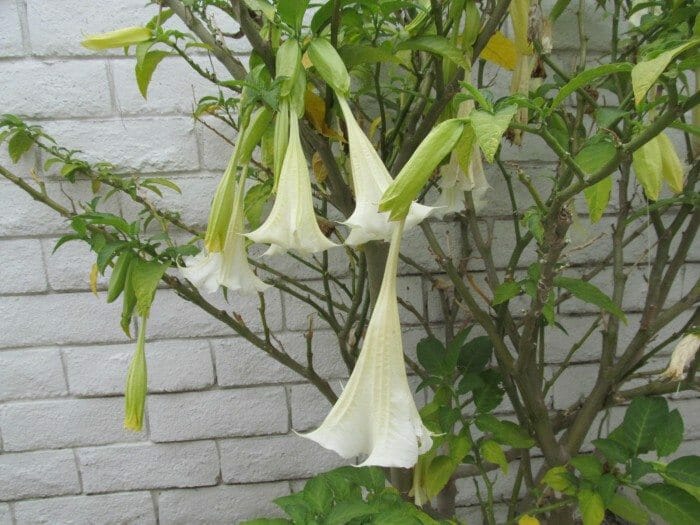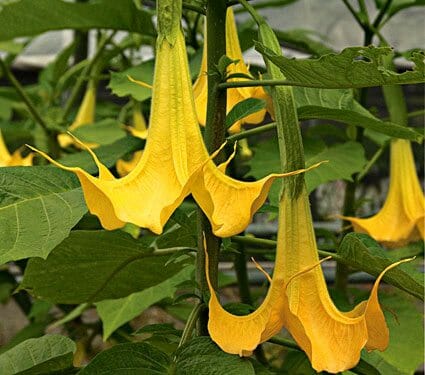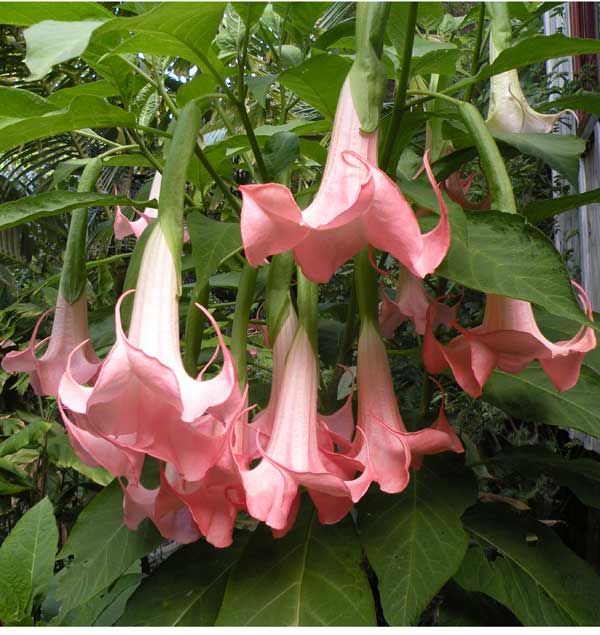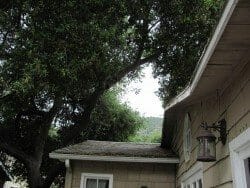Poisonous plants and flowers to watch for in yards
Home » Yard, drive, walks, patios » Landscaping, trees, plants & erosion »

Identifying and being aware of poisonous plants and flowers in a yard is crucial for several reasons, especially in the context of selling, buying, or owning a house, particularly if children and pets are present. Here are some key considerations:
- Safety for Children and Pets: Many common yard plants can be toxic if ingested. Children and pets, due to their curious nature, are particularly at risk. For instance, plants like Oleander, Poison Ivy, or Castor Bean pose significant health risks. Being aware of these plants and removing or securing them can prevent accidental poisonings.
- Legal and Liability Issues: As a homeowner or real estate agent, there’s a duty of care to ensure the safety of the property. If someone, especially a child or pet, were to be poisoned by a plant on your property, it could potentially lead to legal action. In the context of selling a home, failing to disclose the presence of hazardous plants might be seen as a failure to provide important safety information, possibly leading to liability issues.
- Informed Decisions in Real Estate Transactions: When buying a house, being aware of poisonous plants can inform your decision-making. It may affect the value of the property or necessitate additional work post-purchase to remove these plants. Conversely, when selling a house, addressing the issue of poisonous plants beforehand can enhance the property’s appeal and safety, potentially increasing its market value.
- Insurance Considerations: Some insurance policies might have clauses related to the presence of hazardous conditions on the property, including poisonous plants. Failure to address these issues could impact insurance coverage in the event of an incident.
- Community Relationships: In neighborhoods, especially those with many families and pets, having a yard free of poisonous plants can foster better community relationships and prevent conflicts arising from safety concerns.
Commonly Found Poisonous Plants
While not overtly dangerous, Brugmansia are large shrubs or small trees, that have beautiful fragrant flowers; which resembles and are often called “Angels Trumpets.” This plant is not only known for its beauty, but for its hallucinogenic effects. In some areas people will make tea from the plant and drink it for its hallucinogenic effects. It can have serious side effects if too much is ingested. Conversely the tea is used for treatment of conditions such as asthma.
The flowers come in various shades of white, yellow, pink, orange, green, or red.



Here is a list of some of the top poisonous plants commonly found in yards across America:
- Castor Bean: Recognizable by its glossy green, star-shaped leaves and clusters of feathery flowers. Contains ricin, a highly toxic substance.
- Daffodil: This popular spring flower can cause gastrointestinal distress if any part of the plant, including the bulb, is ingested.
- Water Hemlock/Poison Hemlock: A smooth perennial with white flowers, known as North America’s most poisonous plant.
- Iris: All species of Iris contain a toxic compound, especially concentrated in the roots.
- Jack-in-the-Pulpit: Contains calcium oxalate toxins, primarily in the roots.
- Wild Poinsettia (Fire on the Mountain): Has lobed leaves with red blotches and releases a toxic, irritating milky sap.
- Common Corn-Cockle: Found in grain fields, all parts of this plant are poisonous.
- Oleander: A flowering shrub common in many states, toxic due to the presence of cardiac glycosides, oleondroside, and saponins.
- Poke Berry: Recognizable by its purplish stem and purple-black berries, toxic to humans but not birds.
- Poison Ivy: Causes painful skin itches upon contact and is related to cashew and pistachio plants.
Additional notable poisonous plants include:
- Deadly Nightshade: Extremely toxic, even rubbing against it can cause skin irritation. Ingestion of the berries can lead to severe health issues and potentially death.
- Devil’s Trumpet (Datura or Jimsonweed): All parts of this plant are poisonous and can cause severe reactions including hallucinations and coma.
- Yew: Known as the “tree of death,” its toxins can cause cardiac arrhythmia and heart stoppage.
- Sago Palm: All parts are toxic, particularly dangerous to pets due to the toxin cycasin.
- Foxglove: Produces digitalis, a potent heart medication, but toxic when ingested in uncontrolled amounts.
These plants, while sometimes aesthetically pleasing, can pose significant risks to humans and animals if ingested or touched. It’s important to identify and manage these plants carefully in your yard.
Awareness and management of poisonous plants in a yard are vital for safety, legal responsibility, property value considerations, insurance implications, and maintaining good community relations. For homeowners and real estate professionals, it’s a critical aspect of property management and real estate transactions.
Who should you consult about Poisonous Plants?
Consult your local Arborists, landscapers, and gardeners to check your yard for poisonous plants. Many county and state web sites and governmental offices will have excellent information about poisonous plants in your area. Local extension offices are usually available via phone or simply drop in to gain a wealth of resources about plants in your area.



I have a snake plant in my house, should I get rid of it because I have a dog.
I have a shrub/ tree in my finch aviary and I am not sure if it is toxic for the finches. Some of my young Star finches bit on the leaves and are now all showing signs of illness. Not sure if it is the tree, but they are the only ones showing signs of illness. Can I send you a picture of the tree to get clarity?